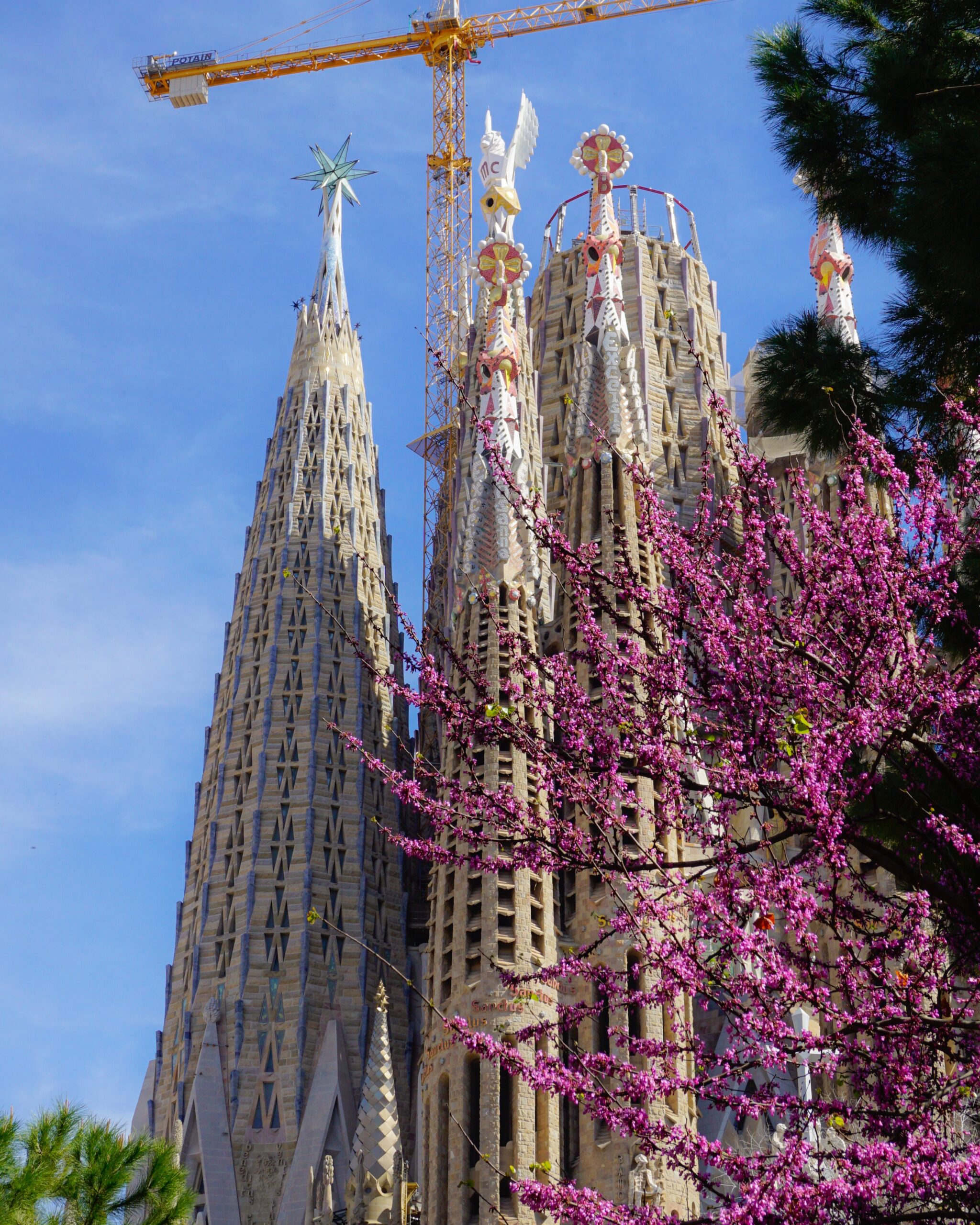During the Middle Ages Holy Innocents’ Day became a focal point for the Feast of Fools.
Holy Innocents’ Day, held in honour of the children massacred by evil King Herod who feared with dread the imminent arrival of the prophesied Christ. During the Middle Ages Holy Innocents’ Day became a focal point for the Feast of Fools.
 The Festa Stultorum was a popular memory of Roman festivities of the Saturnalia when Romans gave themselves over up to all sorts of rejoicing, in homage to Saturn in the middle of the month of December. In these mid-winter festivities freedom, equality and, the most absolute license, reigned supreme. For the space of the festivities the world was turned upside down and slaves became masters: they wore the toga, sat at table and pretended to rule over their masters.
The Festa Stultorum was a popular memory of Roman festivities of the Saturnalia when Romans gave themselves over up to all sorts of rejoicing, in homage to Saturn in the middle of the month of December. In these mid-winter festivities freedom, equality and, the most absolute license, reigned supreme. For the space of the festivities the world was turned upside down and slaves became masters: they wore the toga, sat at table and pretended to rule over their masters.
Men would enter church dressed up as women, or wearing masks, or dressed as jesters or pontiffs, as kings and dukes.
 Also called the Feast of Kalends, the Feast of Fools consisted of countless sacrileges and impieties that clergymen and priests celebrated in their own churches during the Divine Office of that day, in which a mock bishop uttered a grotesque speech to the assembled rabble, as Victor Hugo has it in Notre Dame de Paris, known as the Hunchback of Notre Dame in the English translation, which has also made it onto the big screen and thereby into modernity’s subconscious.
Also called the Feast of Kalends, the Feast of Fools consisted of countless sacrileges and impieties that clergymen and priests celebrated in their own churches during the Divine Office of that day, in which a mock bishop uttered a grotesque speech to the assembled rabble, as Victor Hugo has it in Notre Dame de Paris, known as the Hunchback of Notre Dame in the English translation, which has also made it onto the big screen and thereby into modernity’s subconscious.
Men would enter church in drag (i.e. dressed up as women), or wearing masks, or dressed as jesters or pontiffs, as kings and dukes. There would be merrymaking in church dancing to dissolute ditties; meat was eaten on the altar, which became a gaming table. In place of incense, they burned the rotting corpses of crows. Impieties were committed worthy of the execration of any Christian. Each year the enormities and sacrileges increased at these mock festivities which later became the Black Mass of popular occultists or theorists like Papus or Aleister Crowley. And this practice spread across churches, cathedrals and monasteries far and wide.
The madmen went out into the street, verbally provoking women and booing cuckolds.
 After choosing the rex stultorum (‘king of fools’), the citizenry took to the streets to indulge in excess and riotous merriment. The madmen – known in Occitania and Catalonia as sots – went out into the street, verbally provoking women and booing cuckolds. These would be tied to asses upside down to be subject to ridicule. In Occitania, the role of madman gained such prestige as to be assumed by local dignitaries. They would shave their heads for the festivities, wielding a cane or sceptre in one hand and in the other a round cheese (symbolic of the orb of power of the prince or majesty). Thus, the chosen prince of the madmen represented the king accompanied by his counsellors and attendants.
After choosing the rex stultorum (‘king of fools’), the citizenry took to the streets to indulge in excess and riotous merriment. The madmen – known in Occitania and Catalonia as sots – went out into the street, verbally provoking women and booing cuckolds. These would be tied to asses upside down to be subject to ridicule. In Occitania, the role of madman gained such prestige as to be assumed by local dignitaries. They would shave their heads for the festivities, wielding a cane or sceptre in one hand and in the other a round cheese (symbolic of the orb of power of the prince or majesty). Thus, the chosen prince of the madmen represented the king accompanied by his counsellors and attendants.
The Feast of Fools served as one way of integrating the mad into society.
Year after year, the extent of the carnival spread, until the cardinal-legate to France in 1198 sent a letter to the bishop of Paris ordering the annulment, as soon as possible, of such a feast in his diocese. Similar prohibitions were renewed in 1212 during the Paris Council and, finally, the feast of fools – defined as ‘a kind of upside-down liturgy’ – held inside churches with burlesque masses, was definitively forbidden in the fifteenth century, whence elements of it make their way back into the grimoires whence they came.
The Feast of Fools served as one way of integrating the mad into society. Through the metaphor of the mad’s unreasonableness, to whom rules do indeed can not apply, medieval man interpreted the language and meaninglessness of madness as a sign of liberation from repression. In the Middle Ages, Guilds of Madmen became a necessary commonplace and indispensable agent of maintaining social cohesion.
Holy Innocents’ Day is celebrated on 28 December in Latin America and Spain.
 When the Gregorian Calendar moved the New Year’s Day from 1 April to 1 January, the date of the Feast of Fools was changed in some places and yet not in others. Holy Innocents’ Day is celebrated on 28 December in Latin America and Spain, except in Menorca, which celebrates the Dia d’enganyar (April Fools Day) on 1 April, following the British quondam colonist. This tradition is also followed in Galicia as the Día dos enganos (Day of deceit) and in France, Wallonia (Belgium) and Switzerland where they celebrate the Poissons d’avril (April fish), known as peis d’abril in Occitania and Pesce d’aprile in Italy, Aprilgrap in the Netherlands and Aprilvis in Flanders, Aprillipäivä in Finland, Aprilsnar in Denmark and Aprilskämt in Sweden. In Portugal and Brazil they celebrate the Dia das mentiras (‘Day of lies’), and in Germany, Austria and Switzerland it is Erster April.
When the Gregorian Calendar moved the New Year’s Day from 1 April to 1 January, the date of the Feast of Fools was changed in some places and yet not in others. Holy Innocents’ Day is celebrated on 28 December in Latin America and Spain, except in Menorca, which celebrates the Dia d’enganyar (April Fools Day) on 1 April, following the British quondam colonist. This tradition is also followed in Galicia as the Día dos enganos (Day of deceit) and in France, Wallonia (Belgium) and Switzerland where they celebrate the Poissons d’avril (April fish), known as peis d’abril in Occitania and Pesce d’aprile in Italy, Aprilgrap in the Netherlands and Aprilvis in Flanders, Aprillipäivä in Finland, Aprilsnar in Denmark and Aprilskämt in Sweden. In Portugal and Brazil they celebrate the Dia das mentiras (‘Day of lies’), and in Germany, Austria and Switzerland it is Erster April.



